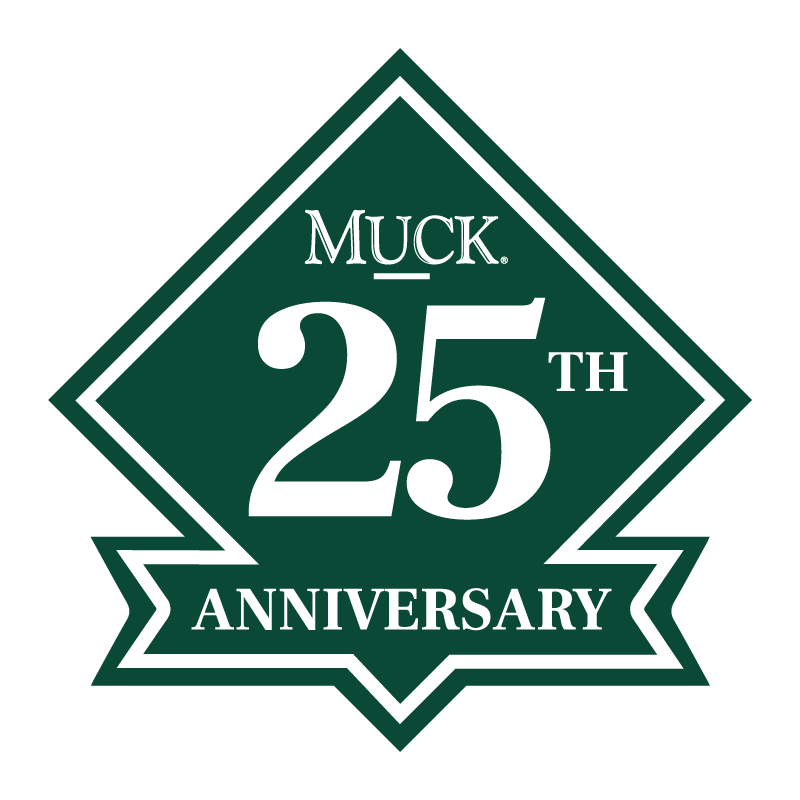
credit: John Ferguson
On Easter day this year low tide was in the morning. It wasn’t a particularly low tide but it was a beautiful day, so I put my boots in the car and headed down to the river for a spot of mudlarking. I actually arrived earlier than I thought I would and consequently the tide had only just started to go out. I found myself exploring an area higher up the foreshore than I would usually look. As I crouched down to adjust my kneepads, I spotted some letters just visible through a film of mud. I could hardly believe my eyes. There was the outline of a “J” and a word which looked as if it could possibly be “London”.

My heart skipped a beat. I knew what it was instantly, and it was high on my list of dream finds! The question was, would it be in one piece? Very carefully I cleared the mud away from around the edges until it was dislodged. I then proceeded to pull out a perfectly intact pewter tavern mug (a bit like a pint glass but made of metal, with a handle). After rinsing it in the Thames, I was able to see that it was engraved with a name and address "James Burrows, Rose & Crown, Lower Thames St"!

I could hardly wait to carry out some research. On arriving home, I set to work and was able to find out that James Burrows was landlord of the Rose & Crown, Lower Thames St from around 1832 to the late 1850s. On searching through the newspaper archives, I came across the sad story of the death of a Rose & Crown regular, William Henry Sweet in 1840. William drowned himself in front of Customs House after his marriage proposal was rejected by a woman he had fallen in love with. James Burrows was one of the last people to see him alive and so was called to be a witness at William’s inquest.

I decided to take the pewter mug back to where the Rose and Crown used to be in Lower Thames Street, and then to the foreshore at Custom House to make a toast to both James and William. I realised later that day that the newspaper article was published on 26th April 1840, 183 years to the exact day I took the mug back. If you'd like to see the moment I find the mug, and then pour some ale into it for the first time in over 150 years to remember James Burrows and William Sweet - you can see it on my YouTube video here.

It's so special to be able to tell the stories of these people long gone through Thames finds.
The mug has two William IV verification marks too and a beautiful engraved "B" on the handle. It's tempting to try to have it straightened out. What do you think?! Or should I leave it in this squashed condition as that is part of its journey?
About Tideline Art
Meet Nicola White, mudlark and creator of Tideline Art. Nicola regularly posts videos to her YouTube channel, showcasing her incredible treasures and finds. Over the course of the next 12 months, Nicola will be sharing her fascinating stories and finds with us on the Muck Boot blog!
When I first moved to London over twenty years ago from Cornwall, I had no idea that the River Thames would open up such a fascinating and magical world, and that when the tide went out, its muddy banks would reveal to me a wealth of historical secrets and characters from the past. I was used to beachcombing on windswept beaches in Cornwall, but it never occurred to me that something similar might be possible in an urban setting such as London.
More on Mudlarking
Stories from the River Thames
A Rare Tudor Coin
An Ancient Bottle
The Smallest Finds
Related Product




















